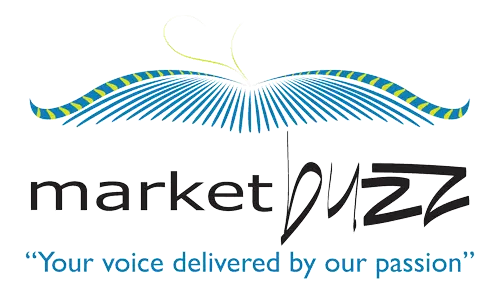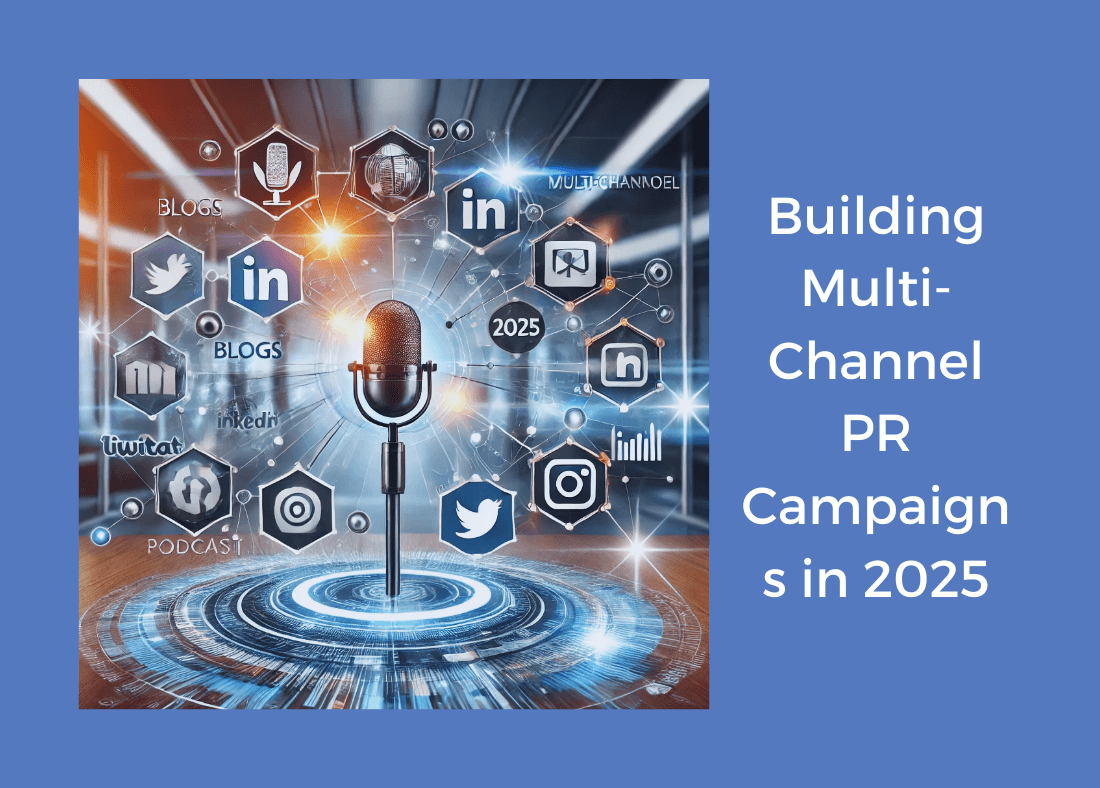The days when a well-crafted press release was the centrepiece of a public relations strategy are long gone. A study by WinSavvy indicates that retail brands using multi-channel marketing see a 30% increase in engagement, highlighting the importance of interacting with customers through various platforms.
In 2025, successful PR campaigns will be multi-channel, leveraging the combined power of blogs, social media, podcasts, and traditional media to deliver cohesive, impactful messages.
This fifth instalment in our series on PR strategy for 2025 explores how to craft multi-channel campaigns that amplify your brand message, foster deeper engagement, and achieve measurable results.
Audiences today consume content across a variety of platforms. A Pew Research study revealed that 86% of people in the US regularly access news via digital sources, with significant overlaps in how they consume print, broadcast, and social media. The challenge for PR professionals is ensuring their brand’s message is not only visible but also consistent across all these touchpoints.
Multi-channel campaigns allow you to reach diverse audience segments – different demographics engage with different platforms. It also allows you to reinforce your messaging across platforms, building trust and recognition. Multi-channel strategies generate up to 24% more engagement than single-channel efforts.
Components of a Multi-Channel PR Campaign
To create a successful multi-channel PR campaign, you need a mix of traditional and digital platforms tailored to your audience and goals. Here’s how to leverage each one effectively:
- Blogs: Your Content Hub
Blogs are the foundation of many multi-channel strategies, serving as a central hub for long-form content. A well-written blog post provides in-depth insights, links to supporting resources, and acts as an anchor for related campaigns.
How to Use Blogs:
- Publish thought leadership pieces, case studies, or trend reports.
- Use blog content to inform social media posts, newsletters, and media pitches.
- Optimise blog posts for SEO to attract organic traffic.
- Social Media: Real-Time Engagement
Social media platforms are ideal for reaching a broad audience quickly. They allow for immediate engagement, real-time feedback, and the amplification of messages through shares and reposts.
How to Use Social Media:
- Tailor content for each platform (e.g., concise text and visuals for Twitter, thought leadership posts for LinkedIn, and reels for Instagram).
- Incorporate hashtags, trends, and user-generated content for greater visibility.
- Use social media as a listening tool to understand audience sentiment.
- Podcasts: Building Authority
Podcasts are gaining traction as a trusted medium for in-depth storytelling and thought leadership. By participating in or hosting a podcast, you can reach niche audiences and showcase expertise.
How to Use Podcasts:
- Pitch your executives or spokespersons as guests on relevant industry podcasts.
- Create your own podcast series to share stories, insights, or behind-the-scenes content.
- Promote podcast episodes across other channels like blogs, email newsletters, and social media.
- Traditional Media: Establishing Credibility
Despite the rise of digital media, traditional outlets like newspapers, magazines, and TV retain their authority and reach. Securing coverage in reputable media adds credibility to your brand message.
How to Use Traditional Media:
- Pitch exclusive stories to journalists or editors in your niche.
- Develop strong media relationships to increase your chances of coverage.
- Pair traditional media efforts with digital amplification, such as sharing articles on social media.
- Newsletters: Personalised Engagement
Email newsletters are a direct and personal way to communicate with your audience. They provide regular updates, showcase thought leadership, and drive traffic to other channels.
How to Use Newsletters:
- Share links to blogs, social media posts, or podcast episodes.
- Include behind-the-scenes insights, industry updates, or event invitations.
- Use A/B testing to refine subject lines and content for maximum engagement.
Crafting a Cohesive Multi-Channel Strategy
For a campaign to succeed across multiple channels, consistency and integration are key. Here’s how to ensure a seamless strategy:
- Define a Core Message
Every channel should reflect the same central message, tailored to its specific format. For example:
- Blog: An in-depth piece explaining your campaign’s key message.
- Social Media: Bite-sized posts that highlight key points from the blog.
- Podcast: A discussion that expands on the topic with expert insights.
- Use an Integrated Calendar
An editorial calendar ensures all channels align and campaigns are launched simultaneously. Use tools like Trello, Asana, or Notion to keep your content schedule organised.
- Monitor & Adjust
Track engagement and performance metrics for each channel to identify what resonates most with your audience. Use analytics tools like Hootsuite, Google Analytics, or Meltwater to refine your approach in real-time.
Incorporating multi-channel campaigns into your 2025 PR strategy will not only expand your reach but also reinforce your brand message across diverse touchpoints. Start by:
- Defining your audience and selecting the right mix of channels.
- Developing a consistent core message tailored for each platform.
- Monitoring and adapting campaigns based on performance data.
Missed Earlier Blogs in the Series?
- Setting the Stage for 2025: Building a PR Strategy That Works
- Harnessing Trends: What Will Define PR in 2025
- Internal Communications in 2025
- Proactive Planning: Crisis Communications in 2025
Looking Ahead
In the final blog of this series (next week), we’ll explore how to measure PR success and continuously improve your efforts. Stay tuned for actionable insights to wrap up your 2025 PR strategy.



